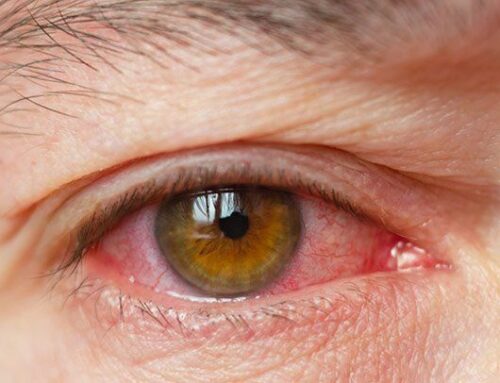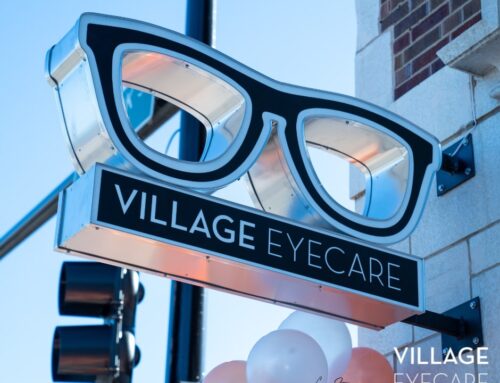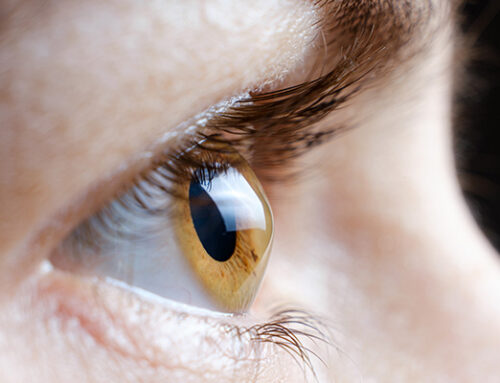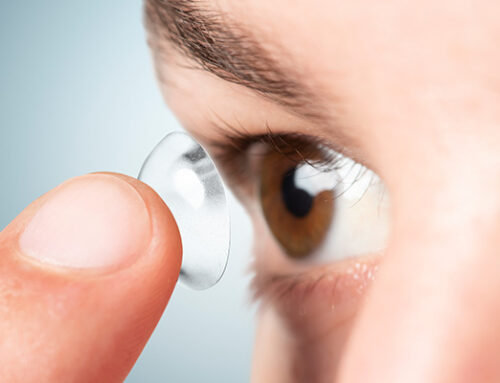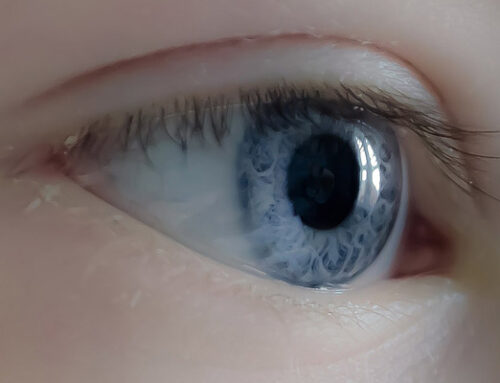Why Don’t Camera Photos Match the Scene that You View with Your Eyes

Why Don’t Camera Photos Match the Scene that You View with Your Eyes?
Whether you are on vacation or excited about your child’s soccer game, it is fun to pull out the camera to capture a few shots. These pictures can help you remember the moment so that you can create a book of memories.
But, have you noticed that the photos usually don’t turn out the same way that you viewed the scene in person? Even though eyes and cameras have some similarities, there are differences in the way the views are processed and recorded.
Eye Lenses and Camera Lenses
The iris is the part of your eye that controls the light that filters through. As the pupil changes, more or less light comes in depending on the environmental circumstances. In the same way, the lens on the camera can be adjusted to manage the aperture, which changes the amount of light that moves through the camera.
The lenses in your eyes can change shape to adjust to the light. This physical change is necessary to adapt to objects that are at varying distances around you. In comparison, the lens on a camera is rigid, and it doesn’t have the ability to change shape. If you want to change the focus, then the lens needs to be moved closer to the image sensor chip (or farther away).
Additionally, your eye has a single lens to process the visual data. On the other hand, it is common for cameras to have multiple lenses to create a sharp image.
Filling in the Gaps
When you take a picture, it captures the colors and details in a single moment. But, your vision captures a range of data based on the information before and after a still-shot moment in time. In fact, it is common for people to have small blind spots in their eyes. But, they don’t notice the issues because the visual information fills in the gaps as you see things from different angles.
The dynamic range of the eyes far outweighs the capabilities that are available through a camera lens. The eyes can adjust in a short time to different levels of light. But, there aren’t any cameras that offer the same range that is available through the natural eye. For example, if you are looking at a person standing in a bright window, then you will be able to see their face. But, if you snap a photo of the same scene, the camera can only show the silhouette of the person.
Ongoing Care to Protect Your Eyes
You can always buy a new camera if you accidentally break the lens. But, you don’t have the option to replace your eyes. It is important that you are proactive to care for your visual health so that you can avoid damage to your vision. Regular eye care is essential to ensure that you are minimizing the risk of potential eye diseases. For more information about good visual health, schedule an eye exam with our experienced team at Village Eyecare. We offer four locations in the Chicago area, making it easy for you to find a convenient location for your eye exams. Call today!



